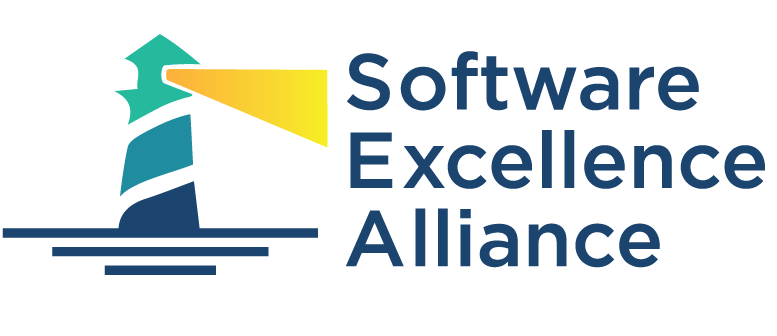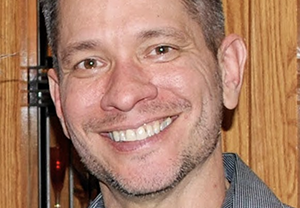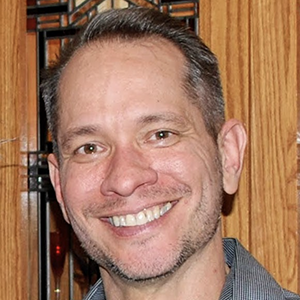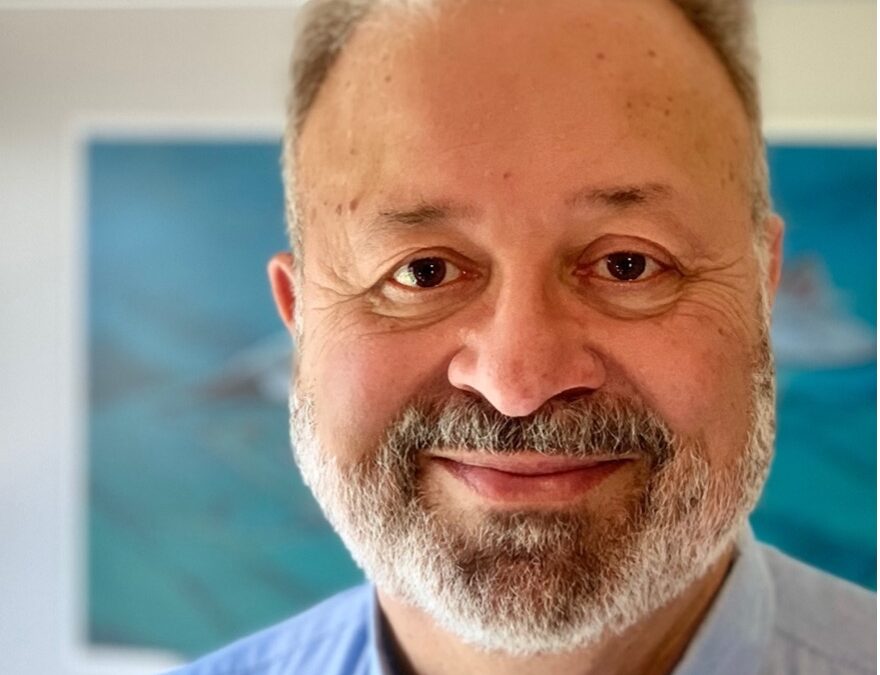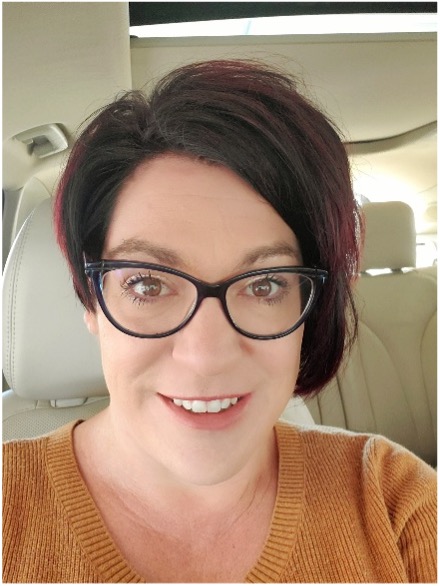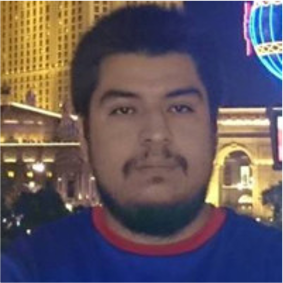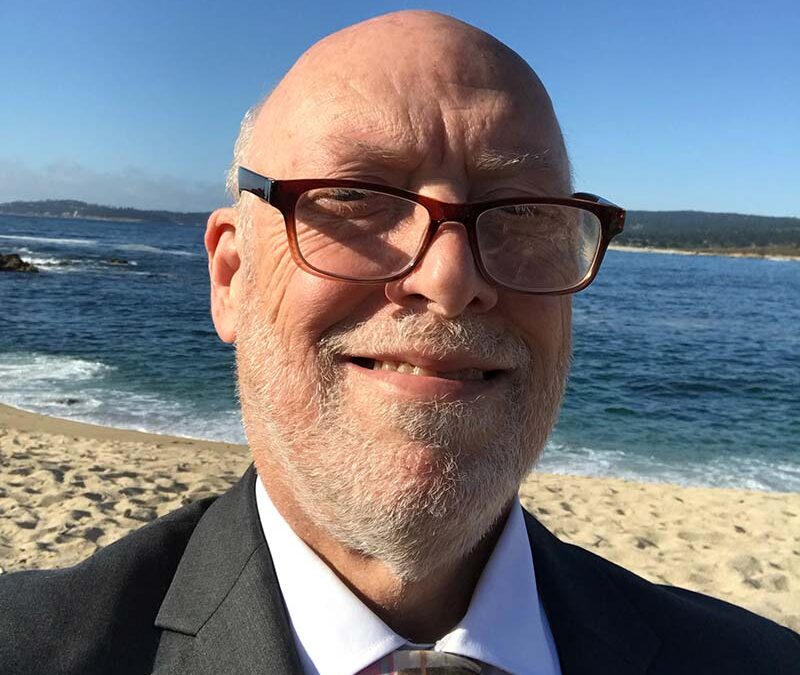
Beyond the Agile Manifesto – Balancing the Features of Agile and Disciplined Methods
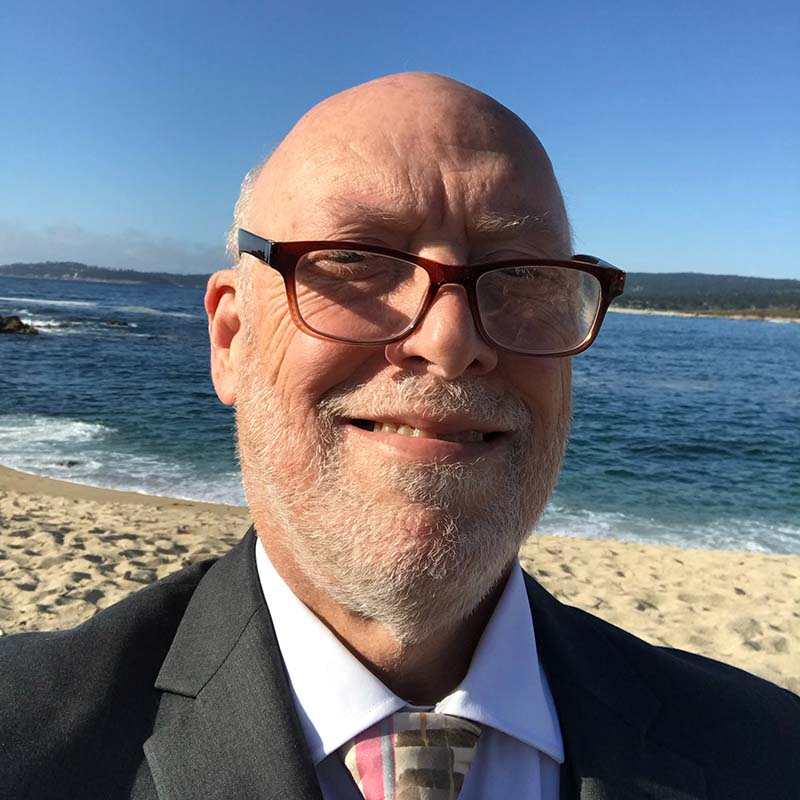
The February 2022 tech talk was presented by Jeff Schwalb
Abstract:
The Agile Manifesto’s four tenants and 12 principles describe what the Agile trade-offs mean to a working project. They contain no direction on how to carry out and achieve the stated goals. This comes from what we all know as methods; the step-by-step “how” to make the “what” happen. Many methods already existed at the time of the Agile Manifesto’s inception, and there were passionate conversations and debates on the best method to choose.
One of the most insightful analyses appeared in the 2004 book, “Balancing Agility and Discipline: A Guide for the Perplexed,” by Barry Boehm and Richard Turner. The seemingly opposite attributes of Agility and Discipline are, in reality, complementary values; the key to success is finding the right balance between the two.
This presentation will invite discussion and sharing of stories, data, and experiences using various methods to balance the Agile values and principles. The goal is to strengthen and accelerate our community’s desire to
Balance Agility with the Discipline needed to develop and deliver products Better, Faster, Cheaper!
About the Presenter
Jeff Schwalb is a computer scientist and has been supporting Naval Air Systems Command (NAVAIR) since 1984. He has over 20 years of experience developing and acquiring real-time embedded software systems for avionics, weapons, and range instrumentation systems. He also began collaborating with the Software Engineering Institute (SEI), learning and applying CMM key practices, becoming a certified Personal Software Process℠ (PSP℠) instructor and then a certified Team Software Process℠ (TSP℠) coach. Over the last 25 years, he has taught and consulted with hundreds of scientists and engineers in various forms of personal engineering processes and has coached dozens of projects in the launch and operations of team project planning and tracking.
In 2017, Jeff connected with the SEI on the establishment of the organization we know today as the Software Excellence Alliance (SEA). Today, Jeff continues to work within the SEA to identify and establish pragmatic, value-added solutions to problems currently affecting the software community. He is currently serving as a member of the SEA Executive Team and as a supporting member of SEA working groups in areas such as Membership, Agile Community Networking, and Knowledge Transfer.
